The Best Basil Plant Companions
The Best Basil Plant Companions
Basil is a delicious and versatile herb that can be grown in a variety of climates. It's also a great companion plant for other herbs and vegetables, as it can help to repel pests and attract beneficial insects.
In this blog post, we will discuss some of the best basil plant companions. We will also provide tips on how to plant and care for these companion plants, so that you can enjoy a bountiful harvest of both basil and its companion plants.
Why Plant Basil with Other Plants?
There are several reasons why you might want to plant basil with other plants. First, basil can help to repel pests. The strong smell of basil can deter a variety of insects, including aphids, spider mites, and whiteflies. This can help to protect your other plants from damage and keep your garden healthy.
Second, basil can attract beneficial insects. These insects, such as ladybugs and lacewings, help to control pests by eating them. By planting basil, you can encourage these beneficial insects to visit your garden and help to keep it pest-free.
Third, basil can improve the flavor of other plants. When basil is planted near tomatoes, for example, the flavor of the tomatoes is enhanced. This is because basil releases volatile compounds that react with the compounds in tomatoes, creating a more complex and flavorful taste.
What Are Some of the Best Basil Plant Companions?
There are many different plants that can be grown with basil. Some of the best basil plant companions include:
- Marigolds: Marigolds release a strong scent that deters pests, such as aphids and nematodes. They also help to improve the drainage of soil, which is beneficial for basil plants.
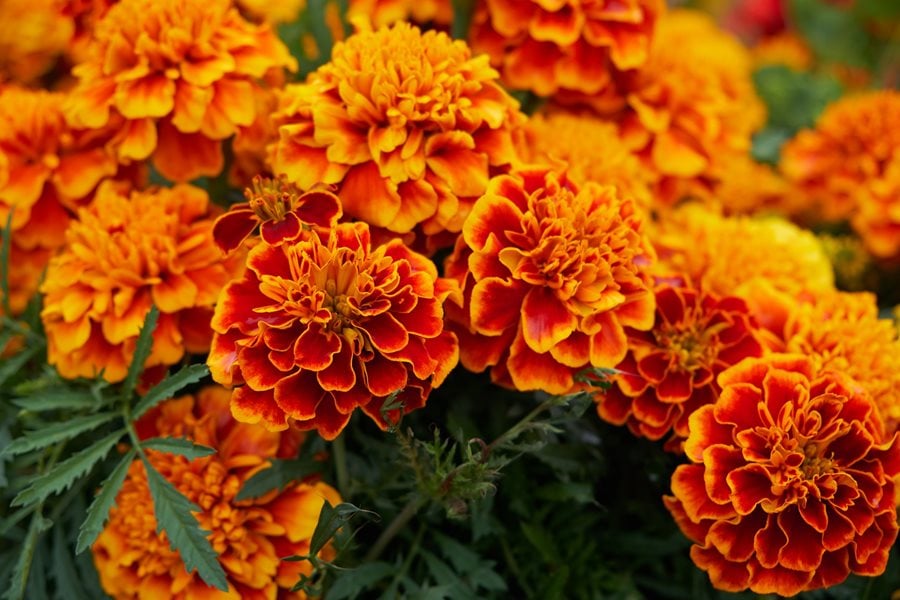
- Tomatoes: Basil and tomatoes are a classic combination for a reason. The two plants complement each other's flavors, and basil helps to protect tomatoes from pests.
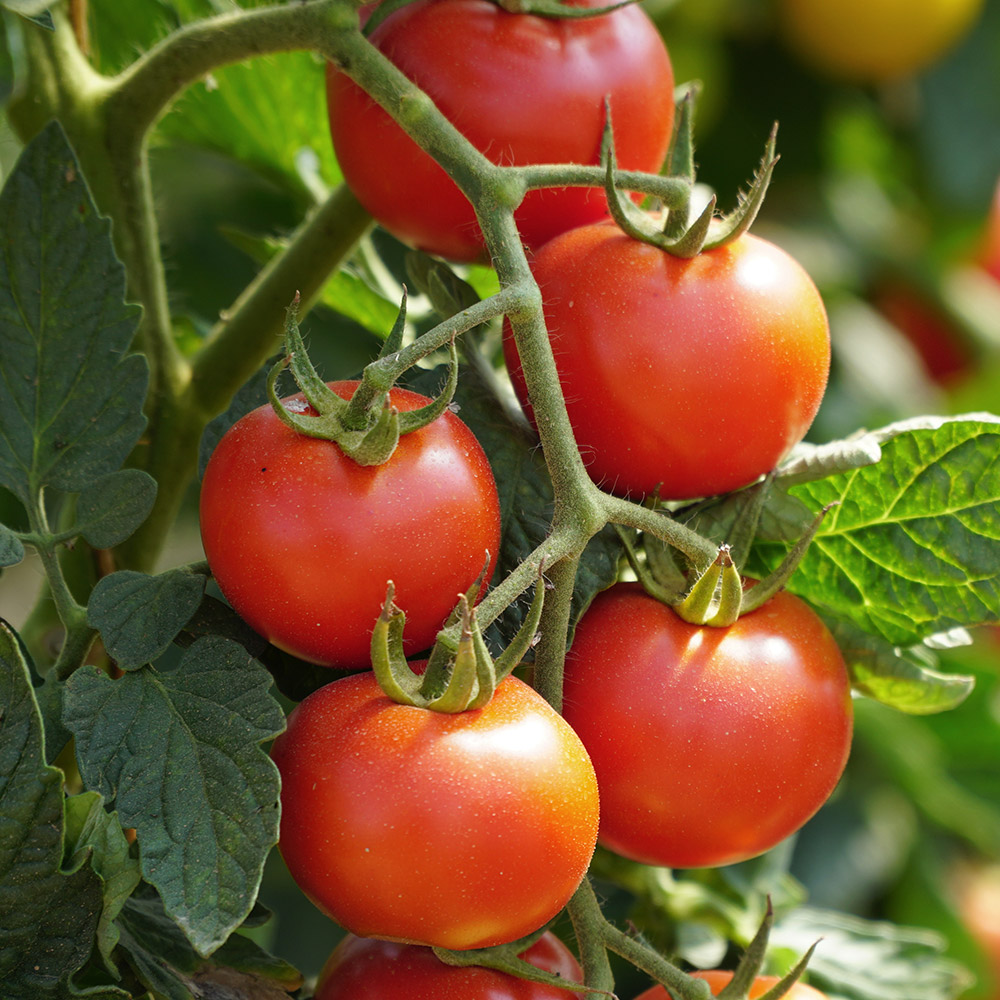
- Potatoes: Basil can help to repel potato beetles and other pests that can damage potatoes. It can also improve the flavor of potatoes.

- Cilantro: Cilantro and basil have similar growing requirements, and they can be planted together in the same pot or garden bed. They also complement each other's flavors, making them a great choice for salads and other dishes.
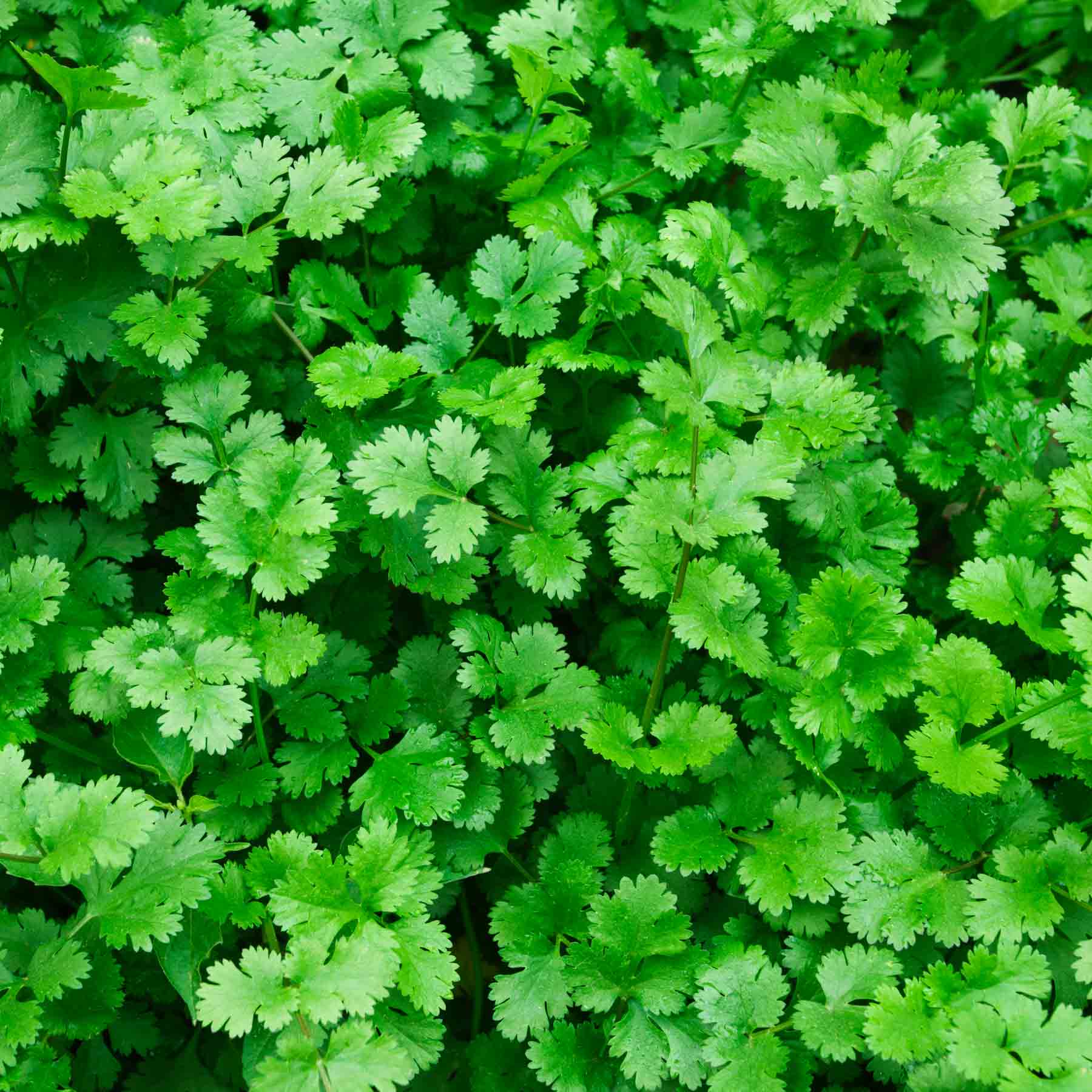
- Borage: Borage attracts pollinators, such as bees and butterflies, which can help to pollinate basil plants and other plants in your garden. It also releases a chemical that deters pests, such as aphids and spider mites.
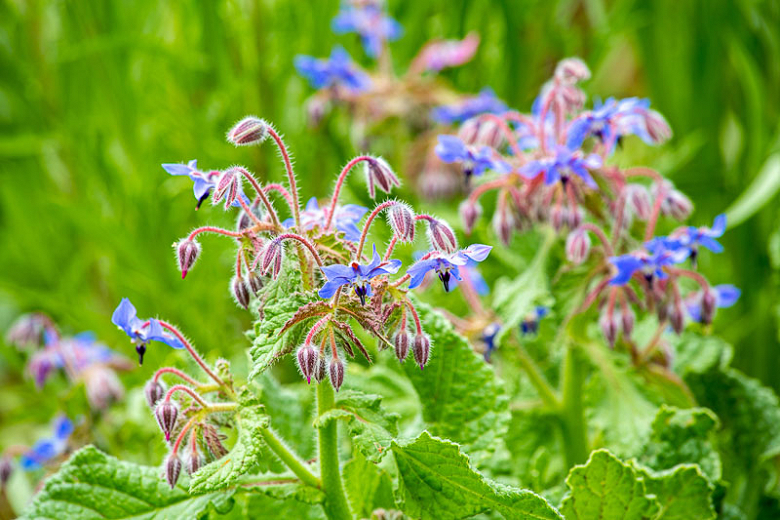
- Oregano: Oregano and basil have similar flavors, and they can be used together in many dishes. Oregano also helps to repel pests, such as mosquitoes and flies.
- Parsley: Parsley and basil are both herbs that are high in nutrients. They can be planted together in the same pot or garden bed, and they will help to attract beneficial insects to your garden.
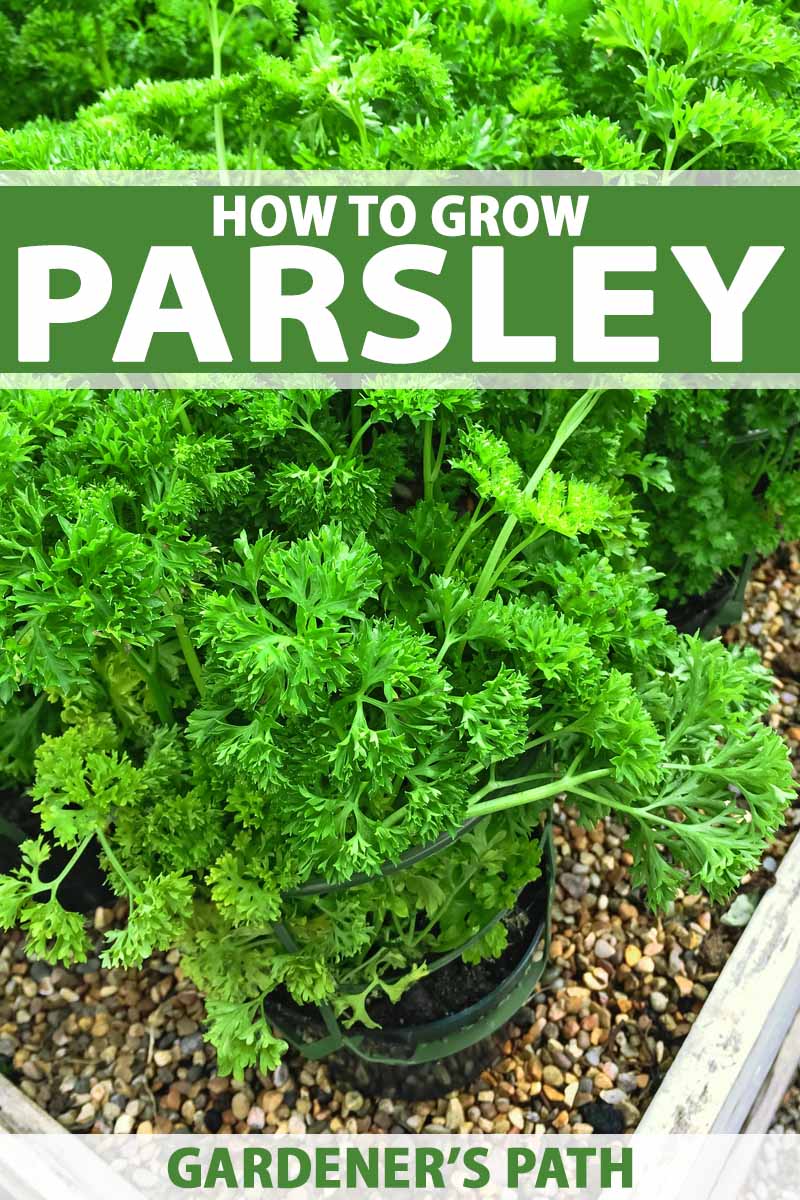
How to Plant Basil with Other Plants
When planting basil with other plants, it is important to consider the size and growth habits of each plant. Basil plants can grow quite large, so it is important to give them enough space to spread out. You may also want to consider planting basil in a pot or raised bed, so that you can control the amount of space it has.
When planting basil with other plants, it is also important to consider their water and sunlight requirements. Basil plants need full sun and moist soil. If you are planting basil with plants that have different water or sunlight requirements, you may need to adjust your watering and/or fertilizing schedule accordingly.
How to Care for Basil and Its Companion Plants
Once your basil plants and their companion plants are established, they will require regular watering and fertilizing. Basil plants are especially sensitive to underwatering, so it is important to water them regularly, especially during hot weather. You may also want to fertilize basil plants every few weeks with a balanced fertilizer.
In addition to watering and fertilizing, you should also keep an eye out for pests and diseases. Basil plants are susceptible to a number of pests, such as aphids, spider mites, and whiteflies. If you notice any pests on your basil plants, you can remove them by hand or with insecticidal soap.
With proper care, basil plants and their companion plants can thrive in your garden. So next time you are planning a herb garden, be sure to include basil and some of its best companions.
Basil is a delicious and versatile herb that can be grown in a variety of gardens. But did you know that certain plants can help basil grow even better? That's right, companion planting is a great way to boost the health and productivity of your basil plants.
Some of the best companion plants for basil include:
- Tomatoes: Basil and tomatoes are a classic combination for a reason. They both enjoy similar growing conditions and can help each other thrive. Basil can help repel pests that target tomatoes, while tomatoes can provide shade and support for basil plants.
- Peppers: Basil is also a great companion plant for peppers. They can help each other deter pests and attract beneficial insects. In addition, basil can help improve the flavor of peppers.
- Marigolds: Marigolds are another excellent companion plant for basil. They help repel pests, such as aphids and whiteflies, that can damage basil plants. Marigolds also add a splash of color to your garden.
- Cilantro: Cilantro and basil are both members of the mint family, so they enjoy similar growing conditions. They can also help each other deter pests.
- Root vegetables: Basil can also be planted near root vegetables, such as carrots, radishes, and beets. These plants can help each other by attracting beneficial insects and improving the soil quality.
If you're looking for more information about basil plant companion, I recommend visiting Gardenia Inspiration. This website has a wealth of information on companion planting, including specific recommendations for basil.
FAQ of basil plant companion
Question 1: What are some good companion plants for basil?
Answer: Basil is a relatively easy-to-grow herb that can be planted near a variety of other plants. Some of its best companion plants include:
- Asparagus: The combination of basil and asparagus appeals to ladybugs in particular, which helps control the presence of aphids and other pests in the garden.
- Borage: Borage attracts pollinators, such as bees and butterflies, which can help to pollinate basil flowers and other plants in the garden.
- Chamomile, oregano, and chives: These herbs all have strong scents that can help to deter pests from basil plants.
- Marigolds: Marigolds are another herb that deters pests, and they can also help to improve the flavor of basil.
- Peppers: Basil and peppers can benefit from each other's growth. Basil helps to deter pests from peppers, while peppers can help to improve the flavor of basil.
Question 2: What are some bad companion plants for basil?
Answer: While basil can be planted near a variety of other plants, there are a few that it should be avoided. These include:
- Cabbage: Cabbage can attract pests that also target basil, such as aphids and cabbageworms.
- Celery: Celery can harbor a fungus that can be harmful to basil.
- Eggplant: Eggplant can attract the same pests as basil, such as aphids and whiteflies.
- Kohlrabi: Kohlrabi can attract pests that also target basil, such as cabbageworms and slugs.
- Potatoes: Potatoes can harbor a fungus that can be harmful to basil.
Question 3: What benefits does basil have as a companion plant?
Answer: Basil has a number of benefits as a companion plant. It can help to:
- Attract pollinators: Basil attracts pollinators, such as bees and butterflies, which can help to pollinate other plants in the garden.
- Deter pests: Basil has a strong scent that can help to deter pests, such as aphids, whiteflies, and mosquitoes.
- Improve the flavor of other plants: Basil can improve the flavor of tomatoes, peppers, and eggplants.
- Increase the yield of other plants: Basil can help to increase the yield of tomatoes, peppers, and eggplants.
Question 4: How far apart should basil plants be planted?
Answer: Basil plants should be planted about 12 inches apart. This will give them enough space to grow and thrive.
Question 5: How often should basil plants be watered?
Answer: Basil plants should be watered regularly, especially during hot weather. The soil should be kept moist, but not soggy.
Image of basil plant companion
5 different images of basil plant companion from Pinterest:
- Marigolds: Marigolds are known for their insect-repelling properties, which can help to protect basil plants from pests.
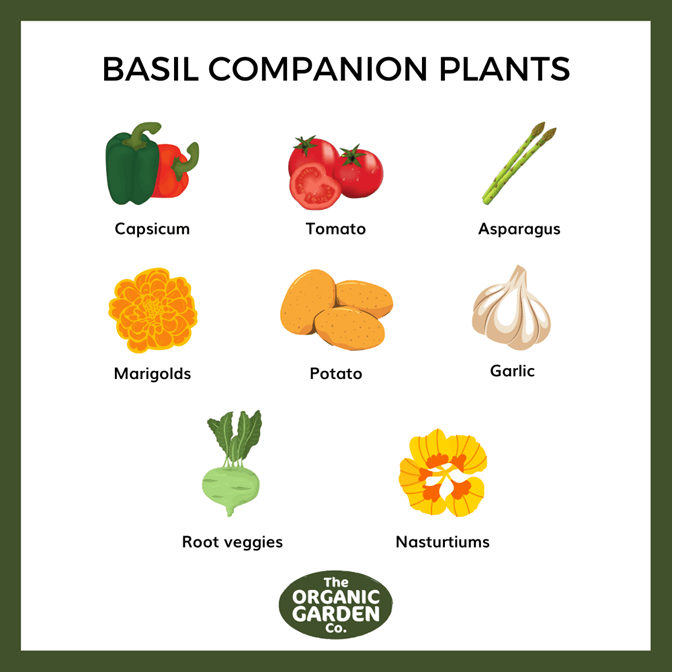
- Potatoes: Potatoes and basil are both members of the nightshade family, and they can benefit from each other's presence. Potatoes can help to suppress weeds, and basil can help to deter pests.
- Cilantro: Cilantro and basil are both herbs that are native to the Mediterranean region, and they can be grown together in the same garden. They can help to attract beneficial insects and repel pests.
- Root vegetables: Root vegetables, such as carrots and tomatoes, can benefit from the presence of basil plants. Basil can help to deter pests that target root vegetables, and it can also add flavor to the vegetables when they are cooked.
- Borage: Borage is a flowering plant that is known for its nectar, which attracts beneficial insects. Basil plants can benefit from the presence of borage, as the beneficial insects that are attracted to borage can help to pollinate the basil flowers.
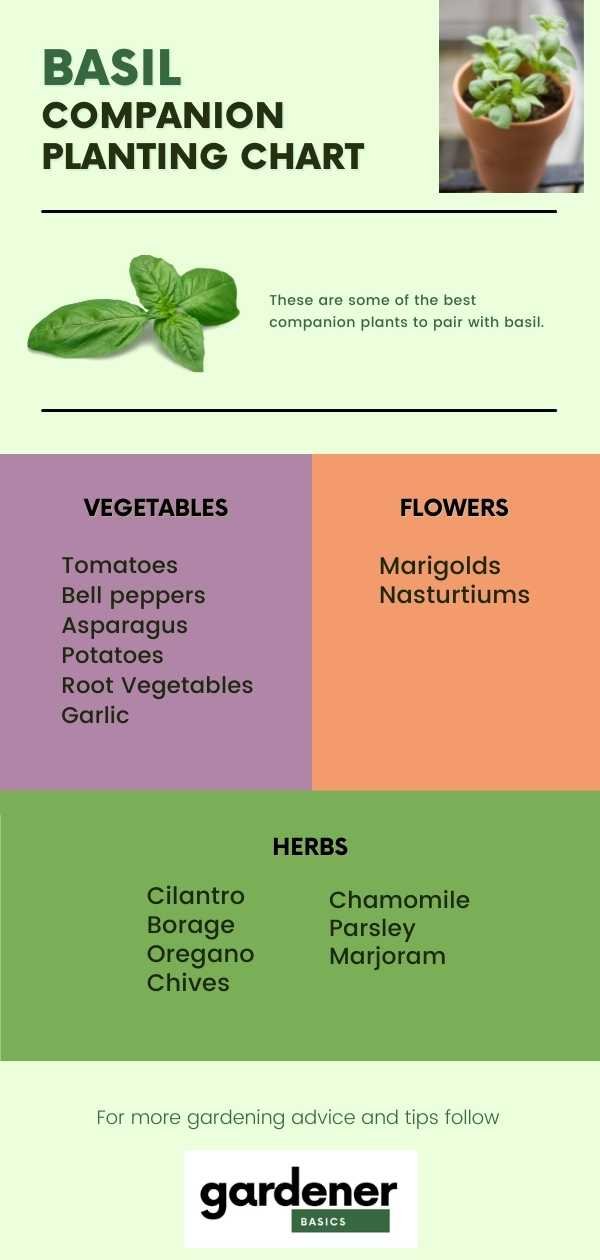
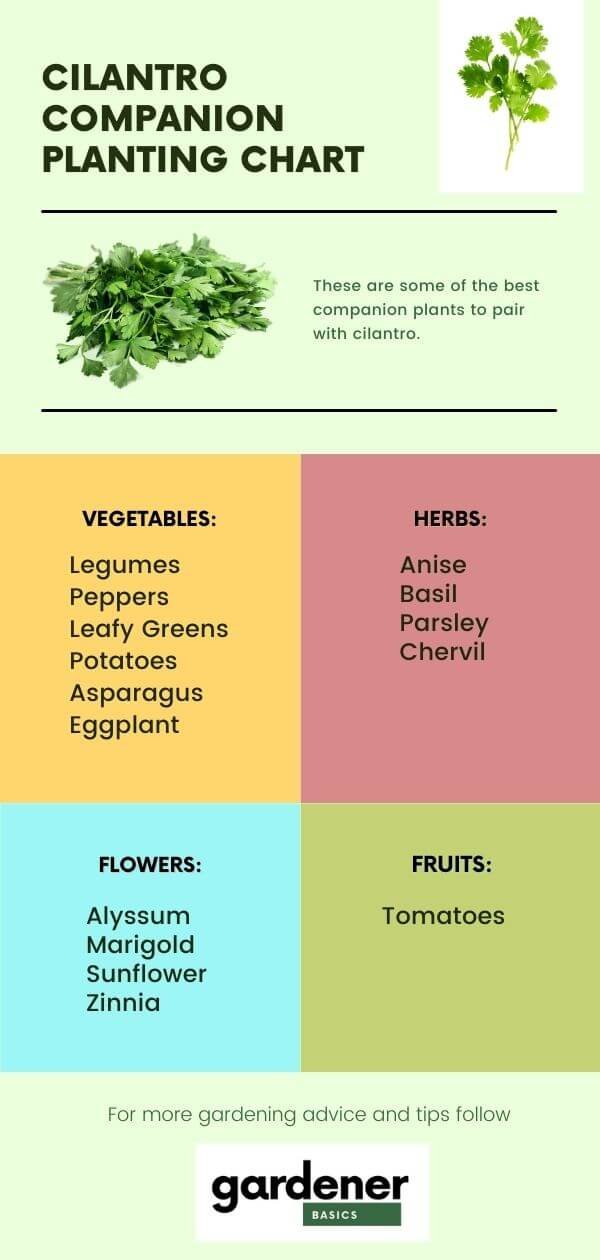
Post a Comment for "The Best Basil Plant Companions"